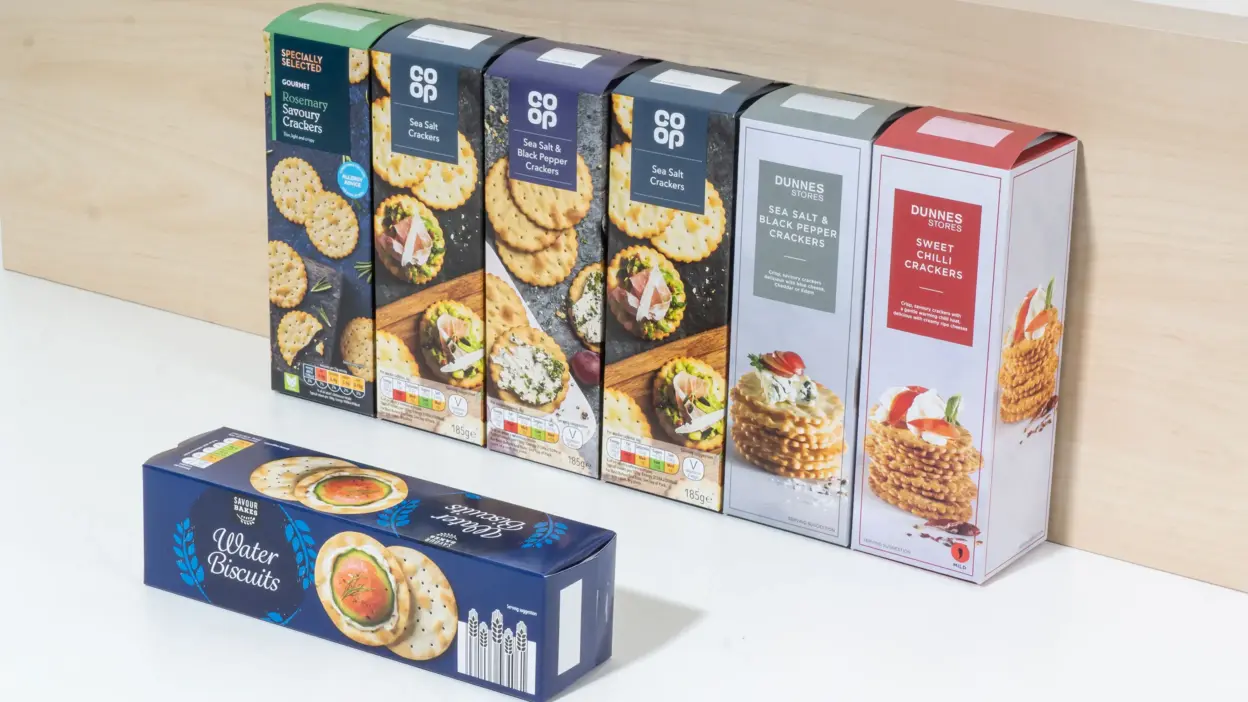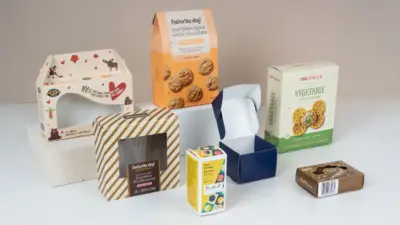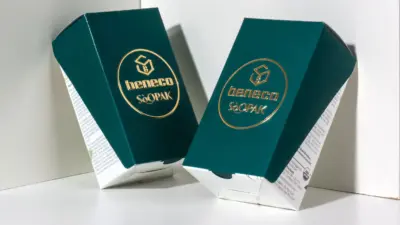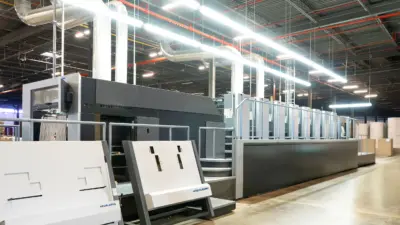Introduction
Your product’s packaging is more than a container—it’s a silent salesperson, a protector, and a sustainability statement all in one. With 72% of consumers admitting packaging design influences their purchases (Dotcom Distribution), selecting the right box is a strategic business decision. Drawing insights from industry leaders like Packhelp and real-world examples, this guide simplifies the process of choosing packaging that aligns with your brand, budget, and values.
1. Start with Your Product’s Unique Needs
Every product has specific requirements. Ask these questions first:
- Is it fragile?
Example: Glassware needs double-walled corrugated boxes with foam inserts.
Tip: Use edge crush test (ECT) ratings to gauge box strength. - Is it perishable?
Example: Meal kits require insulated boxes with gel packs or compostable liners. - Is it heavy or oddly shaped?
Example: Furniture benefits from custom-sized boxes with reinforced corners. - Is it a subscription or e-commerce item?
Example: Apparel brands use mailer boxes with tear strips for easy unboxing.
2. Match Material to Function (and Values)
Not all materials are created equal. Here’s a breakdown inspired by Packhelp’s recommendations:
| Material | Best For | Sustainability | Cost |
|---|---|---|---|
| Corrugated Cardboard | Shipping, e-commerce | Recyclable, biodegradable | Low to moderate |
| Rigid Boxes | Luxury goods, cosmetics | Reusable, premium feel | High |
| Poly Mailers | Clothing, non-fragile items | Lightweight, water-resistant | Low |
| Kraft Paper | Eco-friendly brands | Biodegradable, minimalist | Moderate |
| Molded Pulp | Electronics, fragile items | Compostable, shock-absorbent | Moderate to high |
Pro Tip:
For eco-conscious brands, opt for FSC-certified or post-consumer recycled (PCR) materials.
3. Design for Brand Impact
Your box is a branding opportunity. Learn from top brands:
- Apple: Minimalist rigid boxes with precise dimensions scream luxury.
- Patagonia: Recycled kraft mailers reinforce their eco-friendly mission.
- Dollar Shave Club: Bold colors and quirky messaging make unboxing memorable.
Design Checklist:
- Include your logo, tagline, and brand colors.
- Use QR codes to link to sustainability stories or loyalty programs.
- Add tactile finishes (e.g., embossing, spot UV) for premium appeal.
4. Optimize Costs Without Sacrificing Quality
Balancing budget and quality is key. Here’s how:
- Right-Size Your Box
Oversized boxes waste material and increase shipping fees. Use tools like Packhelp’s box size calculator to find the perfect fit. - Order in Bulk
Suppliers offer volume discounts—ideal for seasonal businesses or product launches. - Simplify Printing
Skip complex designs for single-color prints or minimalist branding (e.g., Everlane’s clean aesthetic).
5. Prioritize Sustainability
73% of global consumers say they’d change habits to reduce environmental impact (Nielsen). Stand out with:
- Recyclable or Compostable Materials: Use soy-based inks and avoid plastic coatings.
- Reusable Designs: Lush’s knot-wraps (reusable fabric) replace traditional boxes.
- Carbon-Neutral Shipping: Partner with carriers like DHL GoGreen or Shopify’s Planet app.
Case Study:
Who Gives A Crap uses 100% recycled cardboard and donates 50% of profits to sanitation projects—proof that sustainability sells.
6. Test Before You Commit
Avoid costly mistakes with these steps:
- Prototype Testing
Ship samples across distances to check durability. - Customer Feedback
Survey customers on unboxing experience (e.g., ease of opening, design appeal). - Monitor Damage Rates
High damage rates? Upgrade to sturdier materials or add void fill.
7. Partner with the Right Supplier
Not all suppliers are equal. Look for:
- Customization Options: Can they handle unique shapes or small batches?
- Transparent Pricing: Avoid hidden fees for tooling or design.
- Sustainability Credentials: Certifications like FSC or ISO 14001.
Pro Tip:
Platforms like Packhelp offer on-demand printing and material guides tailored to your needs.
Common Mistakes to Avoid
- Ignoring Shipping Regulations: FedEx and UPS have strict rules on box strength and weight.
- Overdesigning: Fancy finishes won’t matter if the product arrives damaged.
- Underestimating Unboxing: 40% of shoppers share unboxing videos on social media—make it Instagram-worthy!
Final Checklist for Choosing Your Box
✅ Assess product fragility, weight, and size.
✅ Select materials aligned with function and values.
✅ Design for brand recognition and unboxing delight.
✅ Test prototypes and gather feedback.
✅ Partner with a supplier offering flexibility and transparency.
Elevate Your Brand Packaging
Craft packaging that makes your products shine
Get started today!



